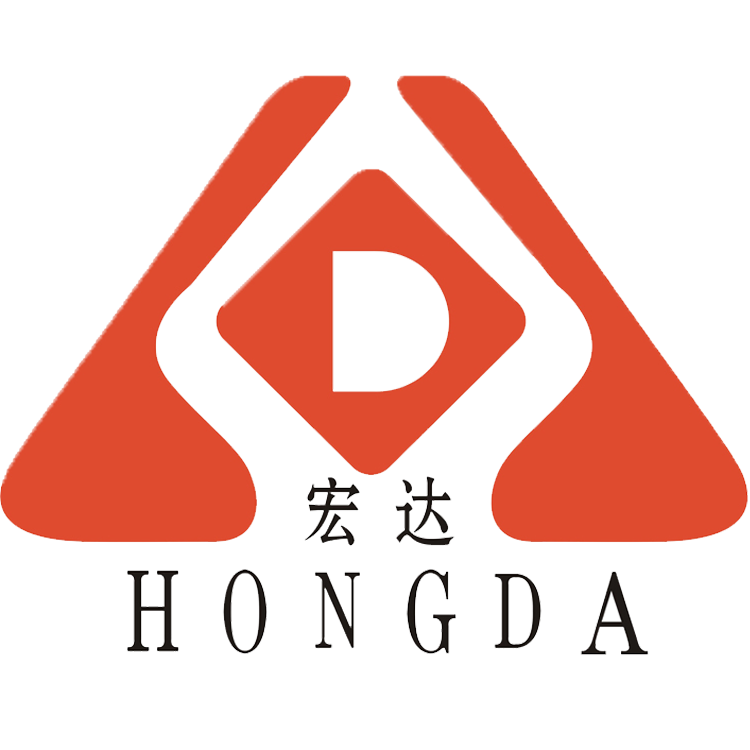Sulforaphane: Will Play a Big Role in 'Personalized NutritionIssuing time:2022-04-15 09:36 Sulforaphane contains a large amount of the precursor of sulforaphane in cruciferous plants such as broccoli, kale, and cauliflower - glucosinlates (a glucosinolate), which can be processed by myrosinase in plants. Or the human intestinal flora is hydrolyzed and rapidly transformed into the active ingredient sulforaphane. In 2017, the water extract of broccoli seeds (with glucoraphanin content of 13%-20%) was approved as a new food raw material, providing a legal basis for the development of relevant nutritious foods in my country. Sulforaphane The Past and Present of Broccoli and Sulforaphane For the first time, broccoli has attracted public attention as not only a vegetable. It dates back to 1978. The National Cancer Institute of the United States found through an epidemiological survey that a large intake of cruciferous vegetables such as broccoli can reduce the incidence of cancer. risk, and people are advised to eat more cruciferous vegetables. At that time, information and communication were not developed, but there was a wave of cultivating broccoli in the upper class. Next, a new discovery of the active ingredients in broccoli appeared, he was Professor Paul Talalay of Johns Hopkins University in the United States. At that time, global cancer incidence and mortality remained high, and many researchers, including Talalay, began to actively seek solutions. Inspired by that 1978 report, Talalay set out to find out why broccoli may reduce cancer risk. In 1992, Talalay published his new discovery - the important active ingredient sulforaphane was successfully extracted from broccoli sprouts. "Sulforaphane intake helps reduce 'environmental damage' that can lead to cancer," Professor Talalay explained to The Wall Street Journal. This new discovery of sulforaphane caused two out of stock broccoli seeds worldwide. "Talalay's research methods and tools have helped other scientists learn more about nutritional interventions in disease," said Dr. Kensler, an investigator at the Fred Hutchinson Cancer Research Center in Seattle. Sulforaphane manufacturer The discovery of sulforaphane was just the beginning. When scientists wanted to extract sulforaphane for more scientific research, problems followed: sulforaphane is extremely unstable at room temperature, and slight changes in conditions during extraction It will affect the extraction of sulforaphane. Why does sulforaphane, which is stable in broccoli and sprouts, degrade rapidly after extraction? It was not until 1997 that scientists further discovered that sulforaphane in broccoli sprouts is widely present in the form of its stable precursor, glucoraphanin. This is to sigh the ingenious ingenuity of nature. Under normal conditions, glucoraphanin exists in broccoli, and is isolated from the plant's own myrosinase by the cell membrane. When it is damaged by external damage such as insect bites or extraction, the cell membrane is ruptured, and the myrosinase and glucoraphane meet to catalyze. It transforms into sulforaphane, which has a pungent taste. After solving this mystery, the scientific research and application of sulforaphane began to become smooth. More studies have found that not only can glucoraphanin be converted to sulforaphane by myrosinase, but the human gut microbes can also play a similar role. Talalay once found that the content of glucoraphanin in broccoli sprouts is much higher than that in broccoli. Later, scientists found that there is a higher content of glucoraphanin than broccoli sprouts, that is, broccoli seeds. The content of glucoraphanin in broccoli seeds and sprouts is 10-100 times that of mature broccoli vegetables. In 2001, French scientists first discovered that sulforaphane can induce cytoprotective enzymes through Nrf2, one of the most important signaling pathways for human cells to maintain active health. It is precisely because of the elucidation of the mechanism of sulforaphane's activation of Nrf2 that Talalay finally decided to increase the application of sulforaphane in the form of broccoli seed extract. In 2001, researchers used glucoraphanin/sugar for the first time in nutritional supplements and functional foods, which became popular in Europe and the United States as soon as they came out. However, while the foreign glucoraphanin/vegetarian industry is thriving, the domestic market cannot use this raw material due to restrictions on relevant regulations. International raw material manufacturers are eyeing the Chinese market. In 2015, foreign manufacturers submitted an application to China to list "broccoli seed extract as a new food raw material"; in 2016, broccoli seed extract passed the US Food and Drug Administration. In 2017, the water extract of broccoli seeds containing 13-20% of glucoraphanin was approved as a new food raw material in my country, and the water extract of broccoli seeds was officially included in the food raw material library. This marks that glucoraphanin can be widely used in the domestic food field from now on. |

